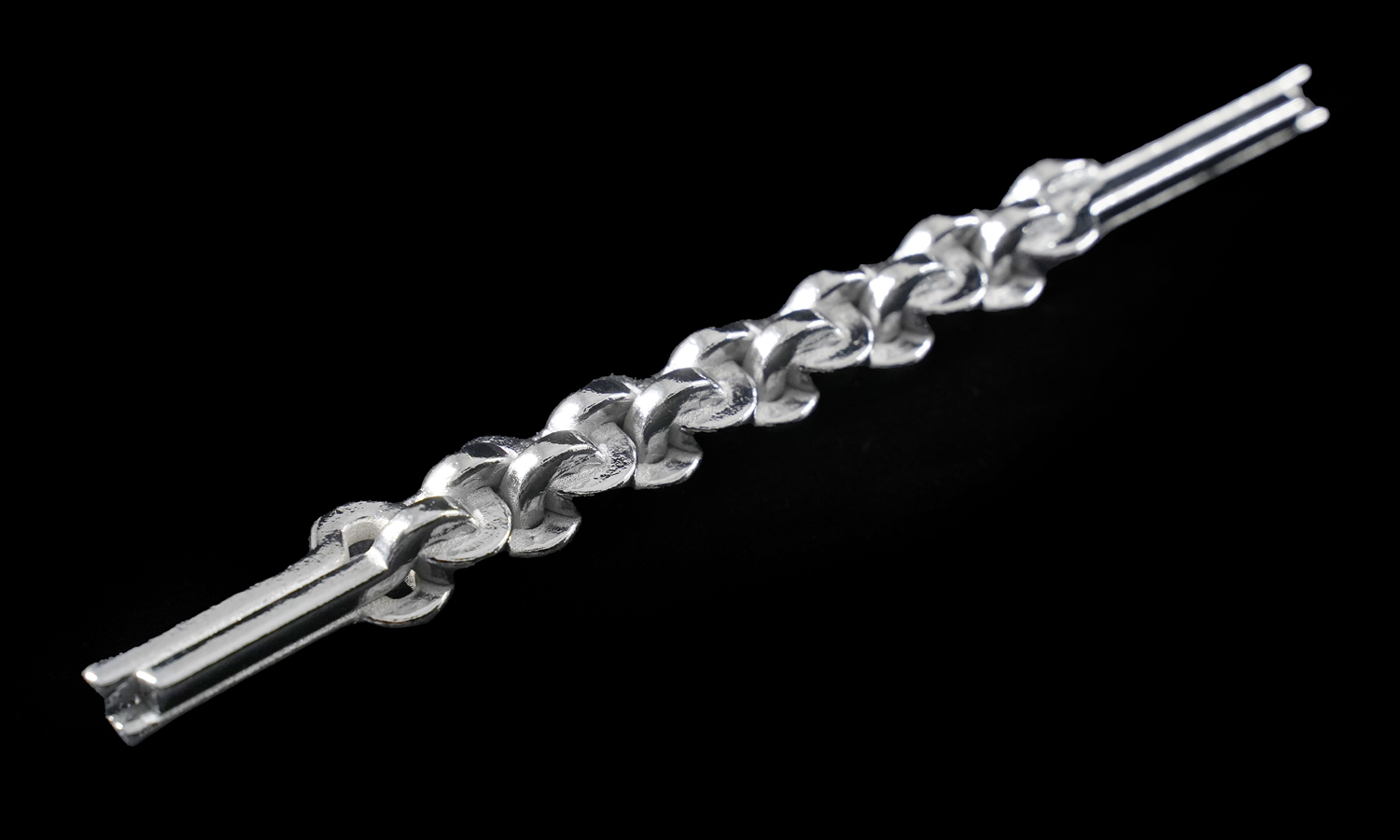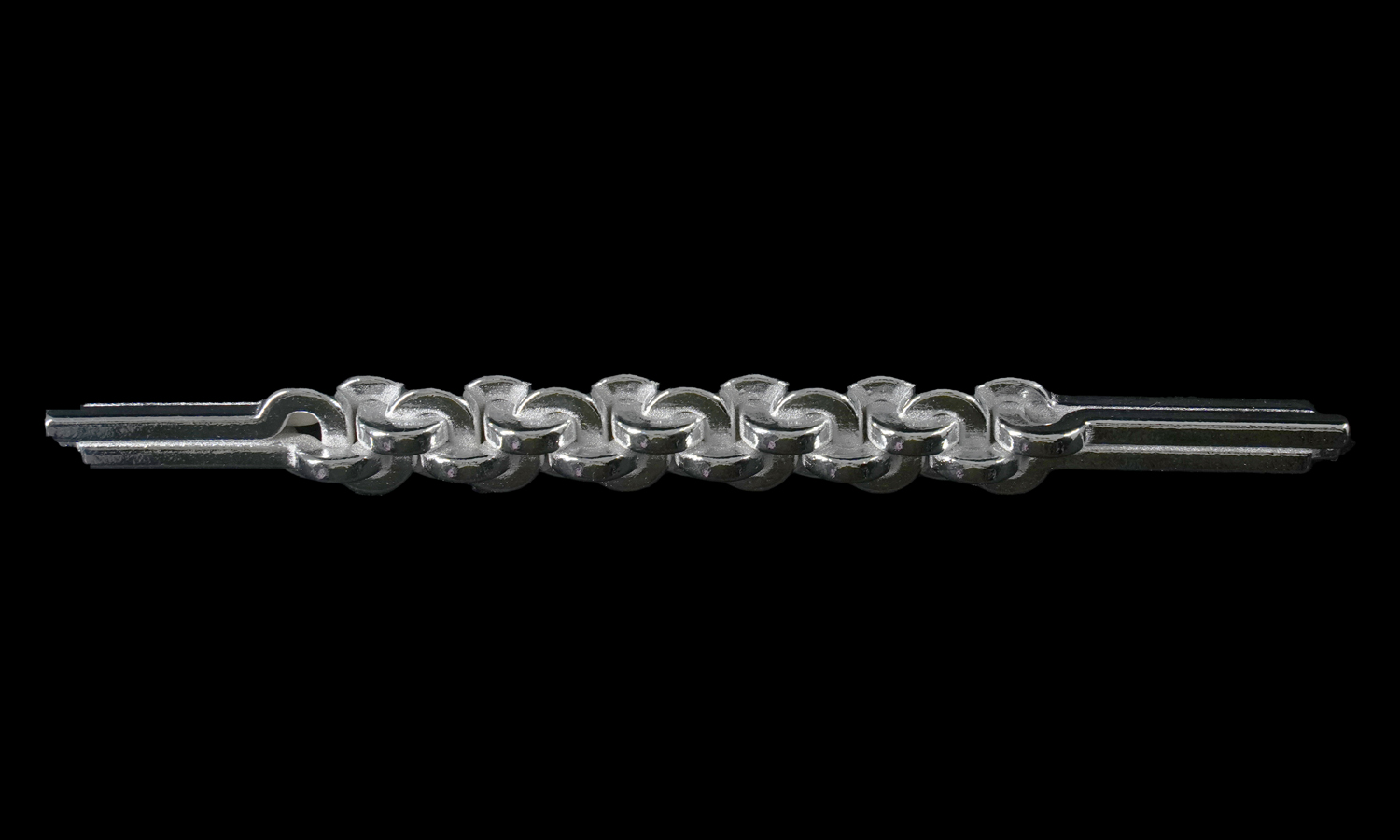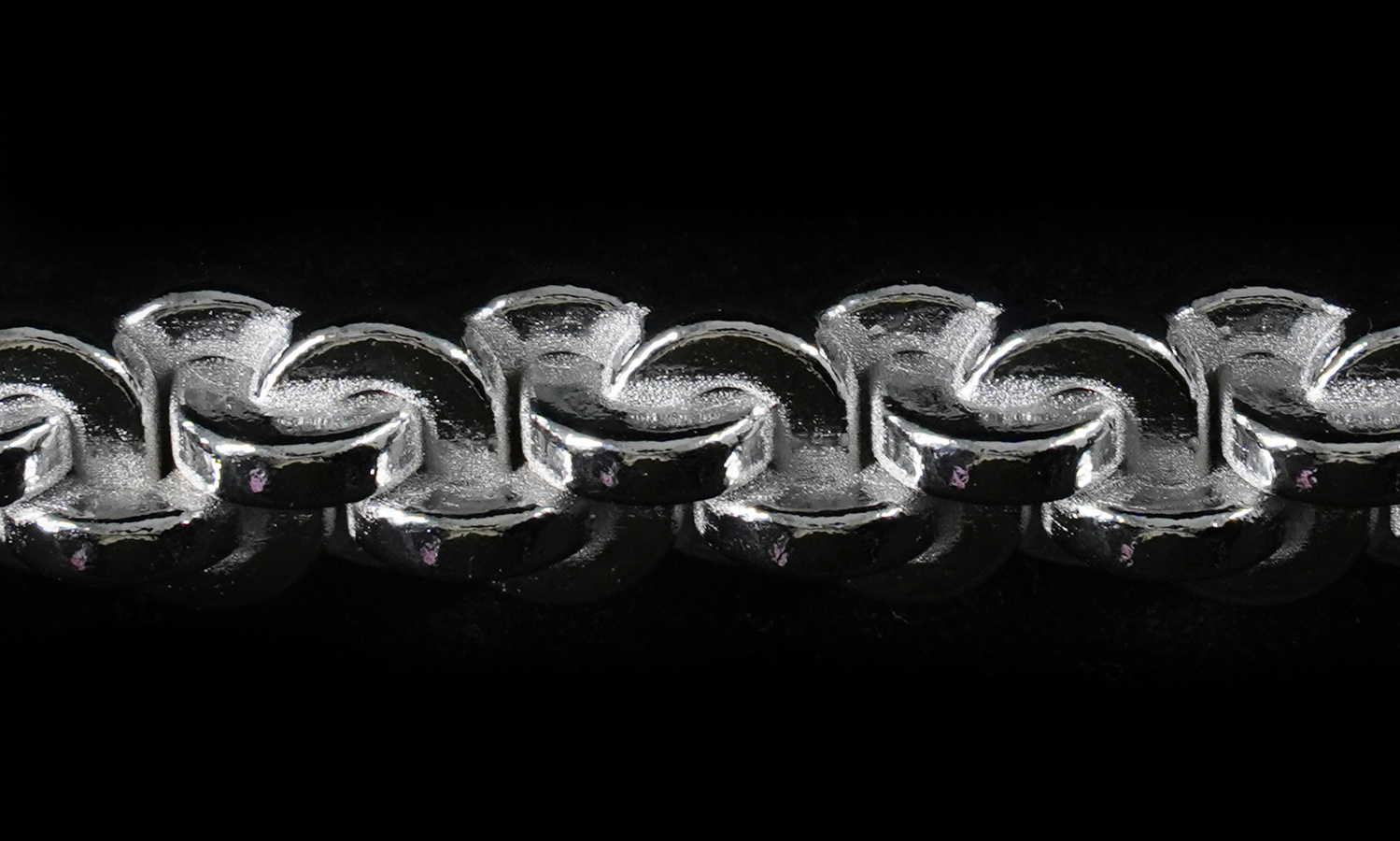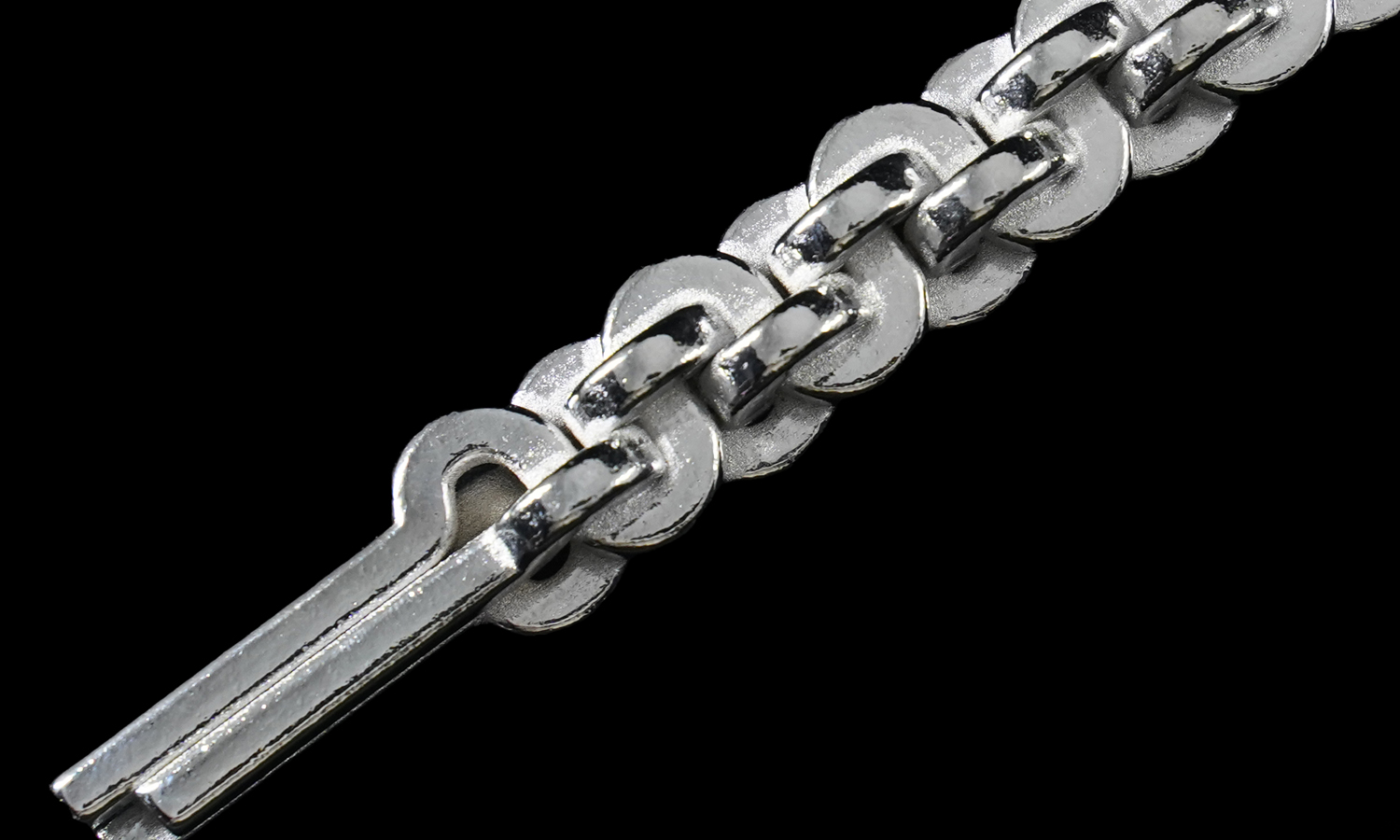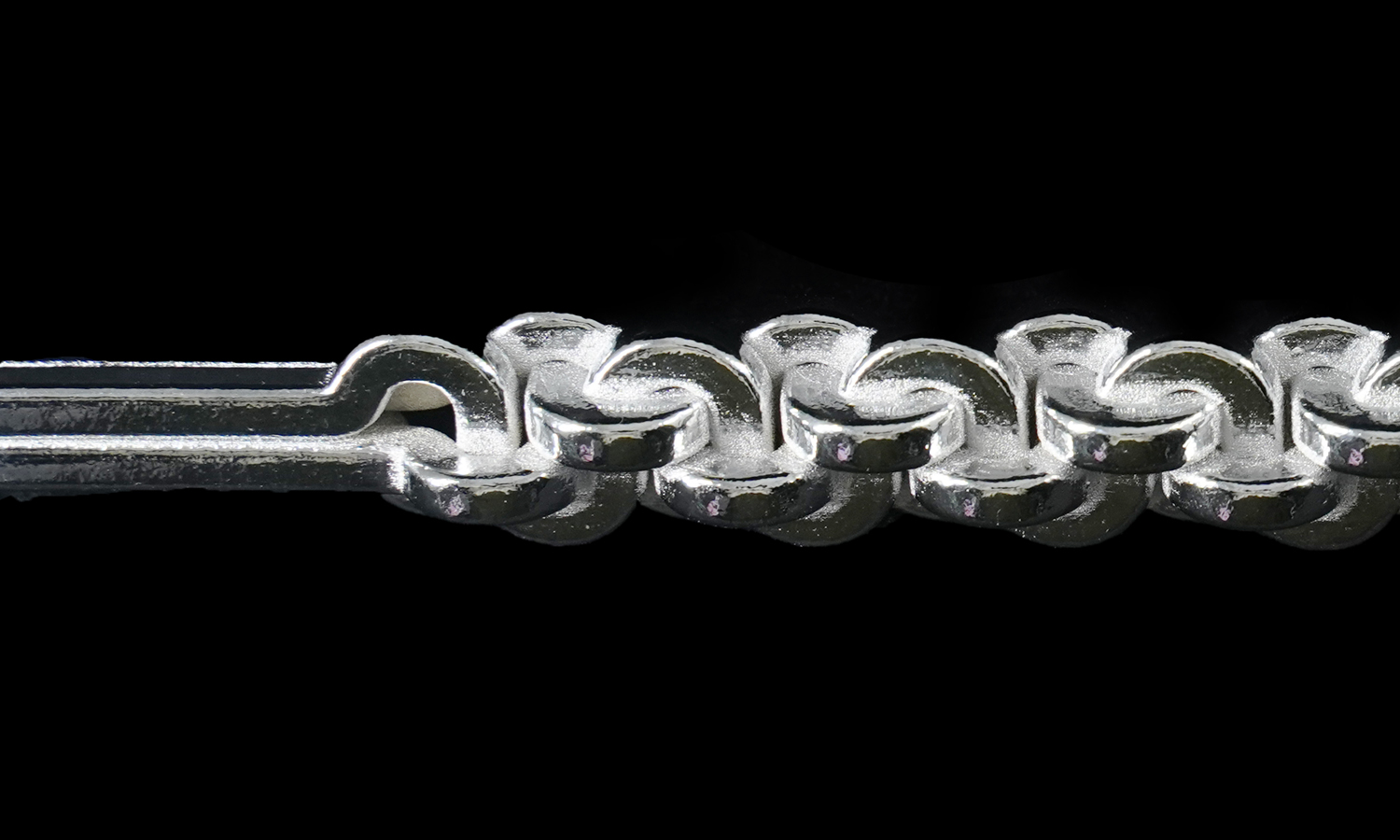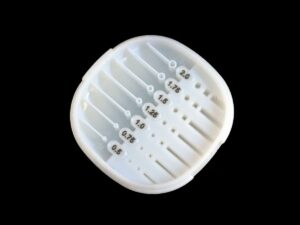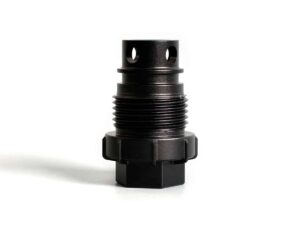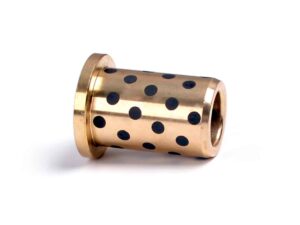- Binder Jetting 3D Printed Complex Hollow Ball Stainless Steel 316L Chrome Plated
- PolyJet vs Binder Jetting 3D Printed Taylor Swift Full-color Head Sculpture
Material Metal
Quantity 1 pcs
Price Range $1-100
Lead Time 5 workdays
Gallery
About Project
Have you ever wondered how to create the 3D printed rod with chain patterns? This is not an easy task with traditional manufacturing methods, but with binder jetting technology, it is possible to achieve high-quality and complex geometries in a fast and cost-effective way.
Binder jetting is a 3D printing process that uses a binder to selectively bond powder particles together, layer by layer, to form a solid object. Unlike other 3D printing methods, binder jetting does not require heat or lasers, which means it can print with a wide range of materials, such as metals, ceramics, sand and polymers.
For your notice, binder jetting metal 3D printing is suitable for batch production of small and medium-size products, as it can print multiple parts at once in a large build volume. Also, it has restrictions on the shape of 3D models as the shrinkage rate is large.
One of the best binder jetting service providers in the market is FacFox, a leading online platform for custom 3D printing and manufacturing. FacFox offers high-quality binder jetting 3D printing services with competitive prices and fast turnaround times. Visit facfox.com today and get an instant quote for your project!
Solution
- Step 1: After confirming the requirements with the client, the chain circles were suggested to be printed with binder jetting technology and stainless steel powder.
- Step 2: In metal binder jetting, a liquid binder was selectively applied to join powder particles, layer by layer. The process began by spreading a thin layer of powder, with printheads strategically depositing droplets of binder into the powder bed. The printing plate was then lowered and another layer of powder was spread.
- Step 3: When printing was completed, the extra material was removed for recycling. Cleaned the surface of the model with compressed air. There were no supports that need to be removed.
- Step 4: To achieve high density, the part needed to be post-sintered or infiltrated to fill the voids left by the binding agent being burnt away. Bronze infiltration of stainless steel could achieve a final density of 95%.
- Step 5: Smoothened the surface with electrolytic polishing technique and coated them into silver and with electroplating.
